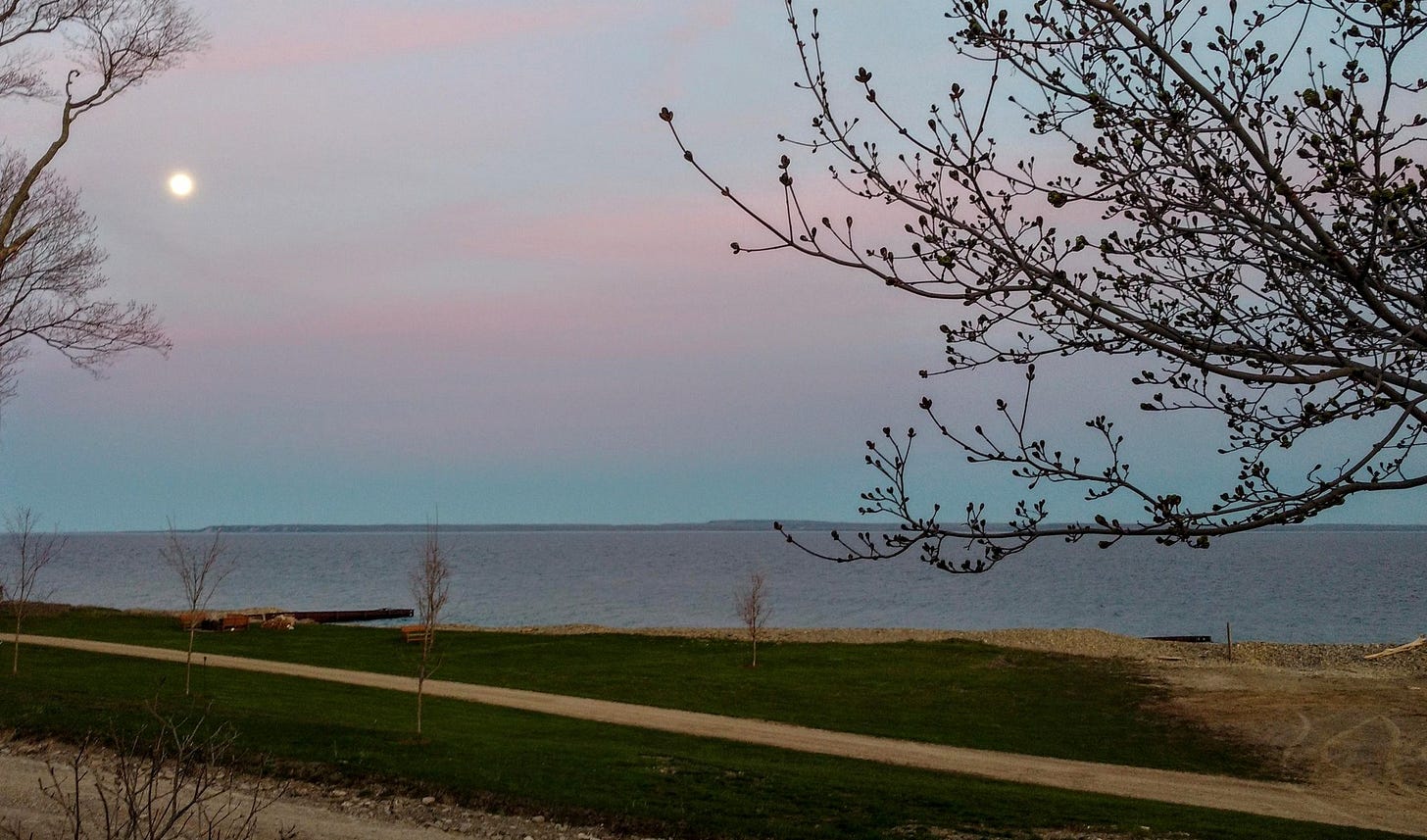Letter: Yes, Georgian Bay Is at Risk — And Not Just From Industry
A local resident urges a broader conversation about cumulative impacts on Georgian Bay, beyond TC Energy's industrial project.
LETTER TO THE EDITOR
To the Editor,
I just wanted to send a quick note in response to David Wood’s recent commentary on TC Energy’s proposed pumped storage project near Meaford.
I am not writing to support the project, nor am I writing to oppose it. Letters like his, and the project it…
Keep reading with a 7-day free trial
Subscribe to The Owen Sound Current to keep reading this post and get 7 days of free access to the full post archives.



